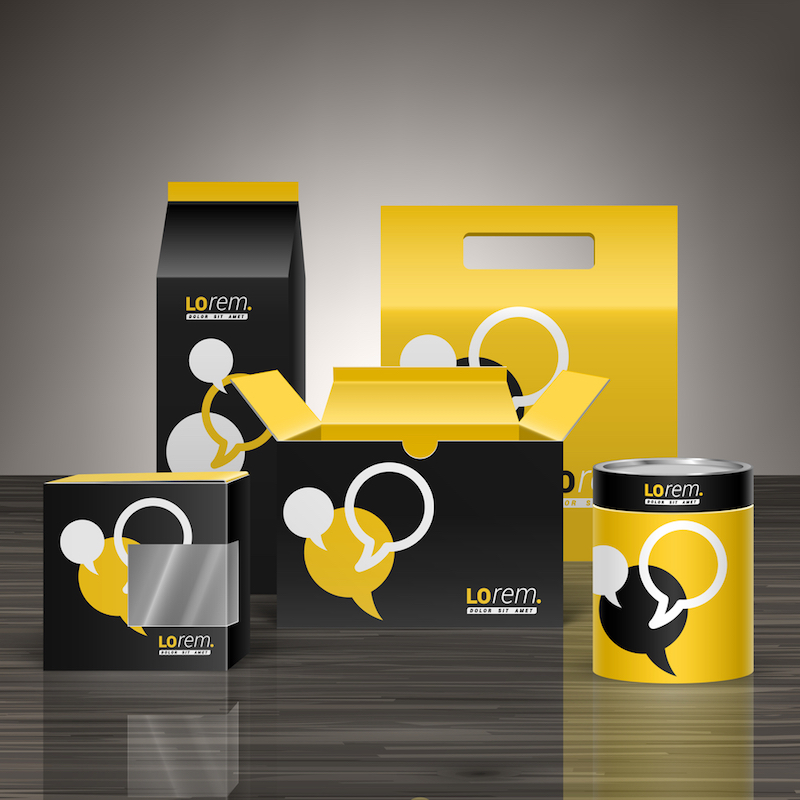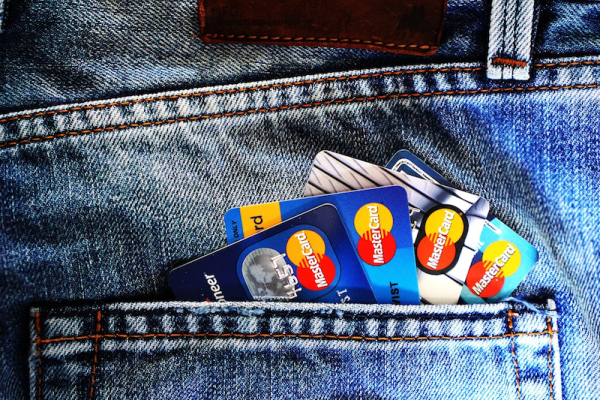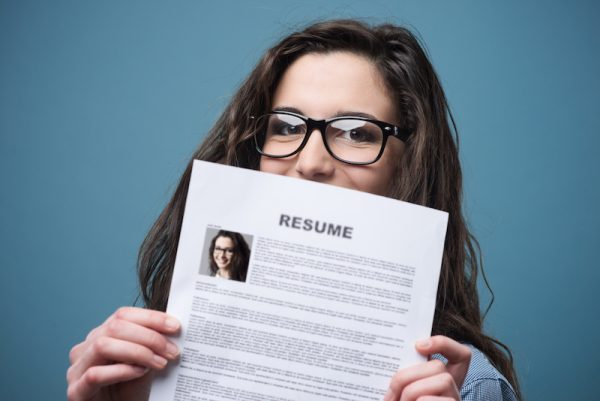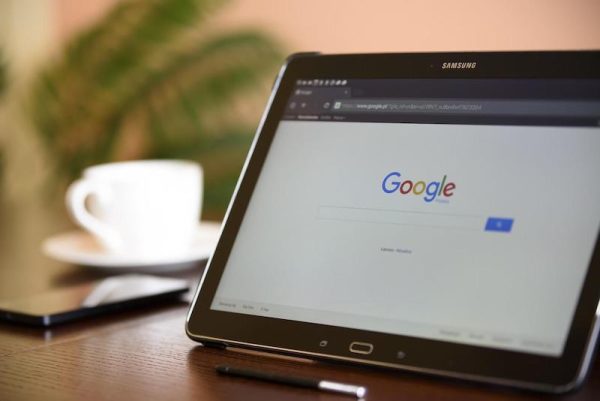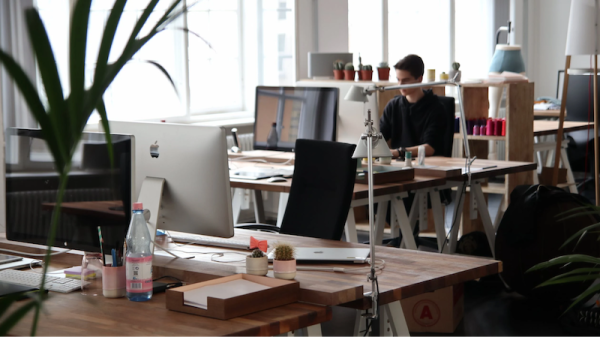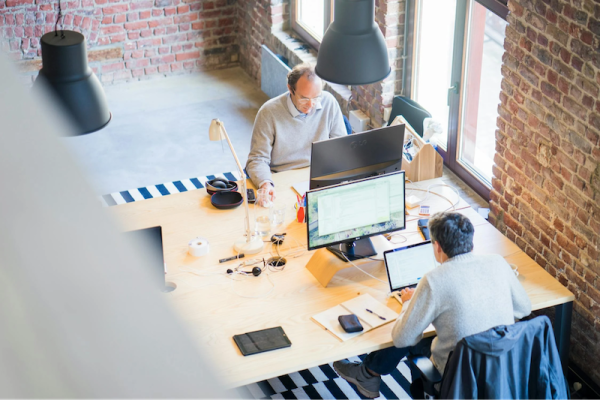Packaging Design and COVID-19: What Have We Learned a Year Later
August 25, 2021
Branded Content by Cosmic Press
Some things can make us completely change the way we look at things we do. For example, last year, the coronavirus outbreak led to global behavior changes that caused every person on Earth to re-evaluate its relationship with nature.
Not only that, but it made us change the way we do business.
The pandemic has reshaped the main trends that are affecting the packaging industry. As a whole, the industry is worth $900 billion. As the world recovers from the great public health and economic crisis, we expect these trends to change how packaging is designed in fundamental ways.
If you want to know more about packaging box design trends in the post-COVID world, read along to find out.
Short Runs, Big Insights
The growth of eCommerce has put a lot of pressure on companies to deliver their products to customers. Furthermore, design firms are also responding to the need by stepping up with new eCommerce efforts.
E-commerce stores like Amazon are where brands test the viability of new products into an experimental, iterative loop. Products are prototyped, packaged, and marketed on the store before a production rollout or jump to Kroeger, Home Depot, or Walmart’s shelves.
Instead of setting up brick-and-mortar storefronts and then investing in eCommerce, some brands are testing their products on eCommerce first. This is just a more thoughtful way to do things; it’s faster, cheaper, and allows smaller “indie” companies to get in on the game.
Plastic is Making a Comeback
For years, we’ve heard about how the plastic island in the Pacific is growing and poses a danger to ocean life. That made companies around the world stop using plastic altogether to help the environment. However, this COVID-19 material has shown us that plastic isn’t so bad after all.
Hospitals cannot function without it. Disposable quality means greater safety for health professionals. Consider COVID-19 as well with its emergence of plastic shields to protect health workers.
The problem with embracing plastic is end-consumers. According to recent studies, customers still don’t want to do business with companies that haven’t embraced sustainability.
As HBR reports, Millennials want to do business with brands that have the same values as them. But from an economic perspective, this shouldn’t be a problem. Research shows that while 9 out of 10 consumers associate themselves with sustainable initiatives, only 3 out of 10 buy from sustainable companies.
It’s All About Made in the USA Again
As the result of a global pandemic, consumers have shifted their preferences toward purchasing goods made domestically. A recent survey revealed found that 7 out of 10 adults in the United States want to buy products that are made in the country.
And that’s not all. Three-quarters of people in the US are ready to pay up to 20% more for American-made products.
We know that what consumers say they’ll do and what they actually do when allowed to buy something for a higher price may be different. However, at least in terms of this issue, there seems to be an emerging trend where brands will use the theme of “American pride” as a way to sell quality goods
Packaging Post-COVID-19
Winning packaging designs in the next norm will need to address an evolving set of megatrends and how they might shape the business. Converters will have to focus on cost, performance, sanitation, convenience – as well as sustainability for the future. When businesses try to align with these needs now, they’ll be better positioned for growth in the years ahead.
Branded content furnished by our promotional partners. The Daily Sundial editorial staff is not involved in its production. Content does not reflect the views or opinions of the editorial staff.
